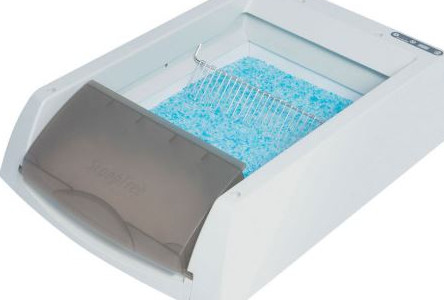


In 2015 the Litter Robot III was invented, where for the first time it used gravity to separate the waste from the clean litter. In 2005, the Litter Robot II came out with its signature “bubble” design, which allowed for more space for the cat. The first versions were extremely expensive to produce because they were vacuum and injection molded. Jacob says his company’s Litter Robot has especially evolved recently, thanks to much research and experimentation. The industry is growing so fast, many of the innovations being advanced in the United States are being quickly copied by pet product manufacturers all over the world, especially in China. Those in the automated litter box industry believe advances in technology will eventually address any issues brought up by cat health experts.

Technology advances keep improving automatic litter boxes.It’s important to provide choice in order to help maintain peace.” If you take a shortcut by using an automatic litter box to accommodate multiple cats, you aren’t addressing the territorial issues. Litter boxes should outnumber the cats by one. “In a multi-cat home, it’s important to recognize that each cat has a preferred personal area. Cat behaviorists like Pam echo concerns about territorial issues. The one-litter-box-more-than-the-cats-you have rule still applies with automatic litter boxes.

“Our research shows 3% of felines don’t do well with these devices, such as skittish or territorial ones.” The company says 97% of their customers do report their cats take to it just fine and use their automated appliances on a regular basis. Jacob admits that not all cats like automated litter boxes. She also thinks motorized boxes can frighten felines as well. “Even though the entire box may be large, the actual usable litter area for the cat is small.” Some adult cats may find them uncomfortable. Pam Johnson-Bennett, author of multiple books on cat behavior and a pioneer in her field, also urges research when it comes to these high-tech appliances.


 0 kommentar(er)
0 kommentar(er)
